Scaling and Root Planing
Scaling and root planing is a thorough dental cleaning of tooth root surfaces to remove plaque and tartar (calculus) from around teeth and periodontal pockets in the gums, and to smooth the teeth roots to remove bacterial toxins.
Why Scaling and Root Planing is Performed
Scaling and root planing, along with proper daily brushing and flossing, is effective in treating gingivitis, an early stage of gum disease. Scaling and root planing also is a cost effective, minimally invasive, and non-surgical way to prevent and/or treat the more serious form of gum disease called periodontitis. Gingivitis is a milder, more easily corrected form of gum disease; periodontitis is a more serious form that progresses over a longer time. Consequences and treatment may be more involved for periodontitis.Periodontal disease involves inflammation and infection of the gums and surrounding oral tissues. The main cause of gum disease, bacterial plaque (a sticky, colorless film that forms on teeth) hardens into a rough, porous substance that releases toxins. These toxins cause the gum fibers holding the teeth firmly in place to loosen and break down, creating periodontal pockets that can become filled with more bacteria and toxins. If left untreated, the pockets continue to deepen and the bone securing the teeth will be destroyed, eventually causing tooth loss (edentulism).
Who Performs Scaling and Root Planing?
The severity and progression of gingivitis and periodontal disease, and how well you respond to therapy, determines your treatment and who performs it.Dental hygienists and general or family dentists perform preventive scaling and root planing, or treat cases of early stage gum disease. Additional training is necessary to treat more advanced, complex cases. In such instances, a general dentist may refer treatment to a periodontist, a specialist in the diagnosis, prevention and treatment of periodontal diseases. A periodontist receives an additional three years of post-dental school education, which includes specialized gum training and treatment methods. For example, in more severe cases, a periodontist can perform surgical treatments such as making incisions in the gums to remove hardened plaque buildup and refine the boney defects.
The Scaling and Root Planing Procedure
During the initial examination, a dental hygienist and/or general dentist will evaluate your plaque buildup and examine your gums for possible periodontal problems. Using an instrument called a periodontal probe, the depth of the spaces between your teeth and gums, called the sulcus) will be measured. At the edge of the gumline, healthy gum tissue forms a sulcus; a shallow, v-shaped groove between the tooth and gums. Normal sulcus depth is 3 mm or less. With periodontal diseases, the sulcus widens, creating a deeper pocket of more than 3 mm, resulting in harmful plaque buildup that cannot be cleaned without professional dental treatment.Scaling and root planing is performed when pockets are greater than 3 mm. Scaling removes plaque and tartar above and below the gumline. Depending on the amount of tartar and plaque buildup, and your level of tooth sensitivity, tooth scaling may prove painful; a numbing gel or anesthetic injection typically will be administered to the area to lessen discomfort.
Once numbing or anesthesia is achieved, your dental professional will use an instrument called a small scaler, an ultrasonic cleaner, or both to thoroughly remove plaque and tartar to the bottom of each periodontal pocket. The tooth surfaces then are planed – or smoothed – which prevents plaque from accumulating along root surfaces and allows gum tissue to heal.
Depending on the severity of your condition, scaling and root planing may be performed quadrant by quadrant to ensure comfort. Typically, the upper and lower quadrants on one side of the face are done at one appointment, and the upper and lower quadrants of the other side are done at a second appointment.
At the treatment appointment, your dentist also may administer local antibiotics, antimicrobials and other medications directly into the periodontal pockets to help control infection or pain, as well as encourage faster healing.
Early stage gum disease treatment may include tooth scaling and cleaning at three-month intervals, as well as the use of medicated mouthwash and daily flossing. Later stage gum disease treatment may include deep plane scaling, periodontal surgery and laser surgery.
What People Are Saying
See how our patients love us!
Call 651.429.2299 for appointment
4801 Hwy 61, Suite 300, White Bear Lake, MN 55110
reedds@qwestoffice.net
Any Questions?
4801 Hwy 61, Suite 300, White Bear Lake, MN 55110 | 651.429.2299
Dental Web Design by Miso Web Design








